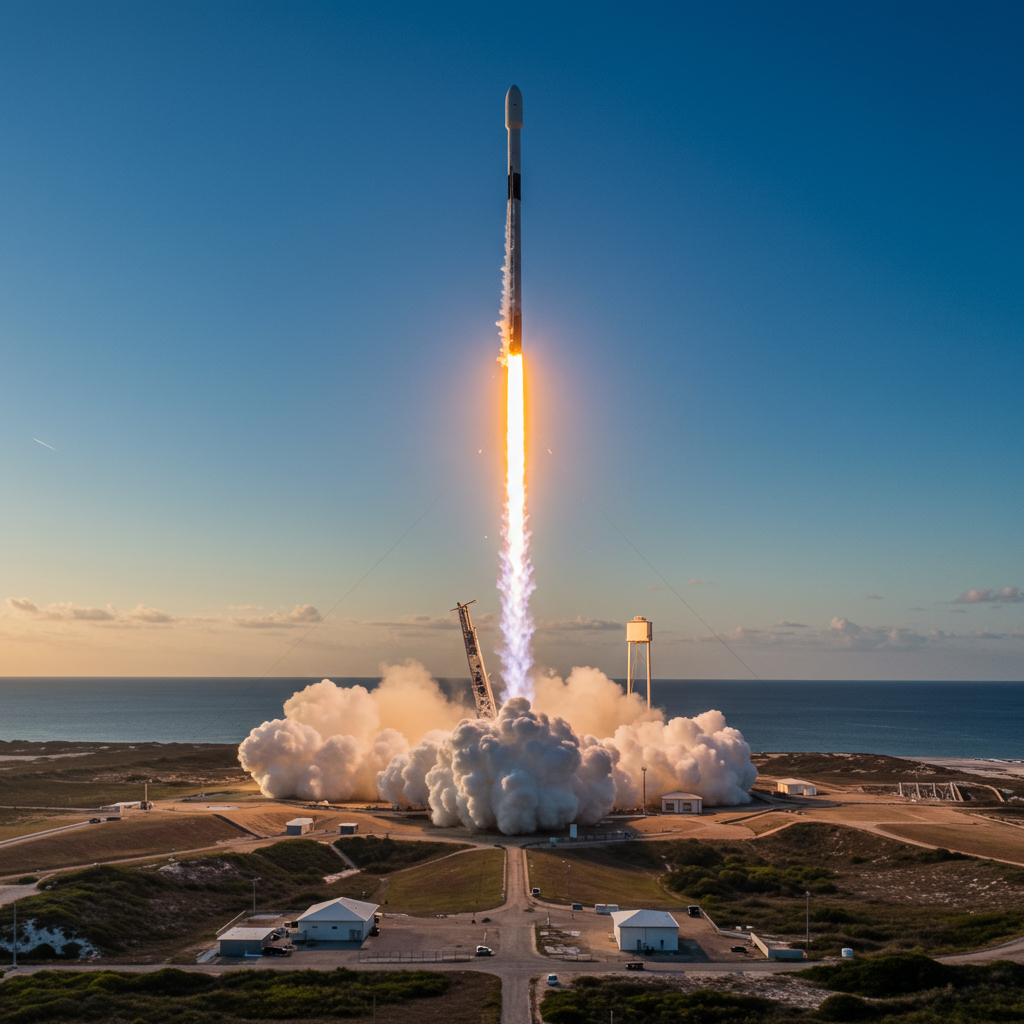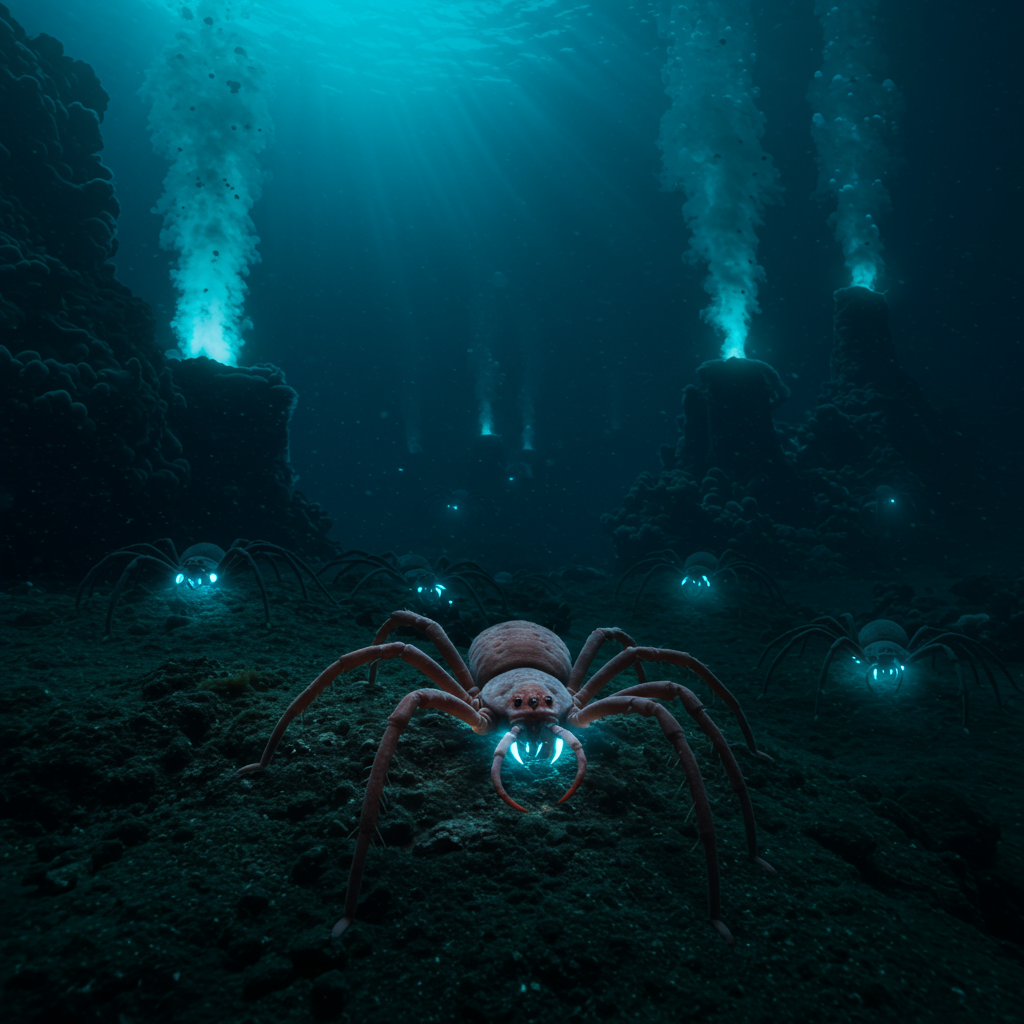A Busy Day on the Space Coast
Florida’s Space Coast witnessed a rapid-fire sequence of launches on June 25th, culminating in the successful liftoff of a SpaceX Falcon 9 rocket carrying another batch of Starlink internet satellites. This afternoon mission marked the second launch from the region on the same day, following an early morning crewed mission launch.
The latest mission, designated Starlink 10-16, successfully sent 27 Starlink satellites into orbit, adding to SpaceX’s growing constellation designed to provide high-speed internet access, particularly in remote or underserved areas globally. Customers have reported positive experiences with the service, often getting online quickly after setup.
Mission Details: Starlink 10-16
Liftoff and Trajectory: The Falcon 9 lifted off from Launch Complex 40 (SLC-40) at Cape Canaveral Space Force Base at 3:54 p.m. EDT. Following a northeast trajectory, the rocket soared into the sky, marking another step in expanding the Starlink network.
Weather Challenges and Timeline Slips: The launch faced several timeline adjustments throughout the afternoon due to weather. Initial targets around 1:22 p.m. and 3:03 p.m. were pushed back as thunderstorms lingered off the coast. Despite these delays, the 45th Weather Squadron predicted favorable weather conditions within the launch window, which extended until 4:32 p.m., allowing the mission to proceed as planned at the final target time.
- The Record-Breaking Falcon 9 Booster: This specific Falcon 9 first-stage booster accomplished a remarkable feat, completing its 20th flight. This achievement underscores the increasing reusability of SpaceX’s rocket technology. Its extensive flight history includes 13 previous Starlink missions, as well as high-profile missions like Axiom Space’s Ax-2 crew flight in 2023 (which carried veteran NASA astronaut Peggy Whitson to the ISS), Ax-3, Euclid, CRS-30, SES ASTRA 1P, and NG-21. It’s important to note that a different Falcon 9 booster was used for the Axiom Space crewed mission launched earlier that morning.
- www.floridatoday.com
- www.yahoo.com
- www.floridatoday.com
- www.floridatoday.com
- www.floridatoday.com
Atlantic Landing and No Sonic Boom
Unlike boosters that return for a land landing at Cape Canaveral, generating powerful sonic booms heard across the Space Coast, the Falcon 9 first stage for the Starlink 10-16 mission targeted a landing at sea. Approximately eight minutes after liftoff, the booster successfully touched down on SpaceX’s autonomous drone ship, “Just Read the Instructions,” positioned in the Atlantic Ocean. This method ensures no sonic booms impact the Florida coastline. The booster is expected to be ferried back to Port Canaveral, where it may be briefly visible.
Behind the Scenes: The Launch Countdown
The successful launch followed a precise countdown sequence. Key milestones included the “go” for propellant loading around 38 minutes before liftoff, the loading of rocket-grade kerosene and liquid oxygen, engine chill procedures, and final prelaunch checks overseen by the command flight computer. The decision to begin fueling confirmed the commitment to the 3:54 p.m. target time, as any significant hold after this point would necessitate postponing the mission.
High Tempo at Florida’s Spaceports
This doubleheader highlighted the significant pace of operations at Florida’s space facilities. Following the early morning Axiom Space crew launch, the afternoon Starlink mission demonstrated the capability for rapid turnaround and frequent launches from both Cape Canaveral Space Force Base and nearby Kennedy Space Center. This high cadence is a characteristic of the modern space era driven by commercial operators like SpaceX.
Stay tuned for updates on upcoming rocket launches from Florida’s Space Coast.




